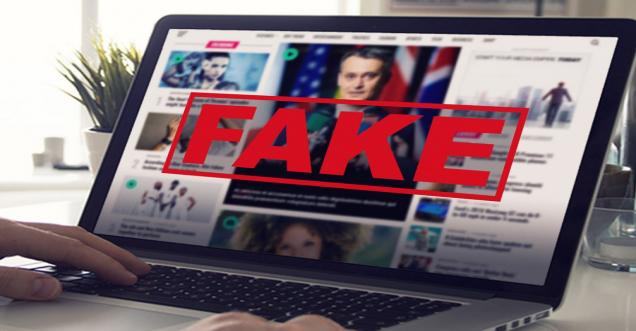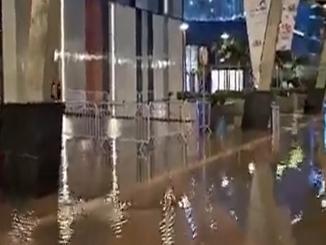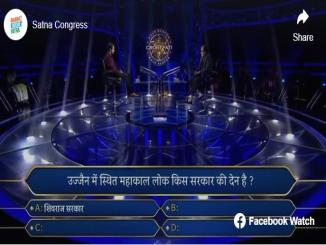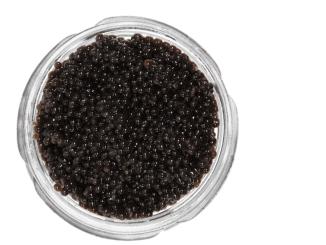
In the recent years the use of Internet has increased and with this has also increased the spread of fake news. Fake news typically appears on websites that look professional. The stories often relate to topics and people who are trending on Google and Facebook. The stories usually have outrageous headlines designed to get people to click.
What is fake news?
Stories that look like real news stories but are hoaxes, propaganda and disinformation are fake news. Fake news is made-up stuff, masterfully manipulated to look like credible journalistic reports that are easily spread online to large audiences willing to believe the fictions and spread the word.
Oxford Dictionaries recently announced post-truth as its 2016 international Word of the Year. Oxford defines the word as relating to or denoting circumstances in which objective facts are less influential in shaping public opinion than appeals to emotion and personal belief.
Are you smart enough to detect fake news? No it is not so easy to detect a fake news or to distinguist between a real and fake news. The people or the medium through which the fake news is being spread has just got wider and better. People or organization has started using beautiful html/web pages to spread fake news. They have started using ugly and sad picture to spread fake news either. Sometimes fake news is spread by beautiful people, with negative mind set as well.
Today any one can start a News company and any one can be a journalist. Many a times going to school is not going, than if you can write news. Many news website have flourished over the internet and across all the countries which tend to provide true news. However they produce news related to certain hoaxes, propaganda and disinformation.
Fake news websites that mimics the look of trusted news sources in order to fool readers into thinking a story is real.
Fake news detection & How to spot a fake news right in time
- To detect fake news it is important to understand first what fake news.
- Consider the source: check if the site information has been real, check for the about us section of the website that what it does and if it is providing a real news. Many websites clearly mention that they belong to the group of satire, hoax websites, but people not knowing this fall into the trap of the fake news, thinking they are real.
- Read beyond the head line: Who has time now, no one. Isn’t it funny. The more the Internet usage has increased and the more people have data. People have started to read less and they take the conclusion from the head line itself. Headlines can be outrageous, catchy in order to receive more clicks. Read the whole story.
- Check the author: Do a quick search on the author to find out if he/she is credible. Often same set of people spread fake news over different source of medium.
- Check for the fake news groups on the social media: Many groups created on the social media have millions of followers. This followers never realize they are following and spreading fake news.
- Check for the date on the news: Much news on the social media is re-posted. Stories that were popular over a year ago. Often make a reentry with new post on the social media.
- Is it a joke: It is important to know if the news is satire, joke.
- Check your biases: many a times people are biased, which make them belief what they want to believe and the vice versa.
- Ask the expert: you can check you facts correct on relevant websites like Ayupp.com, snopes etc to get your facts correct.



























